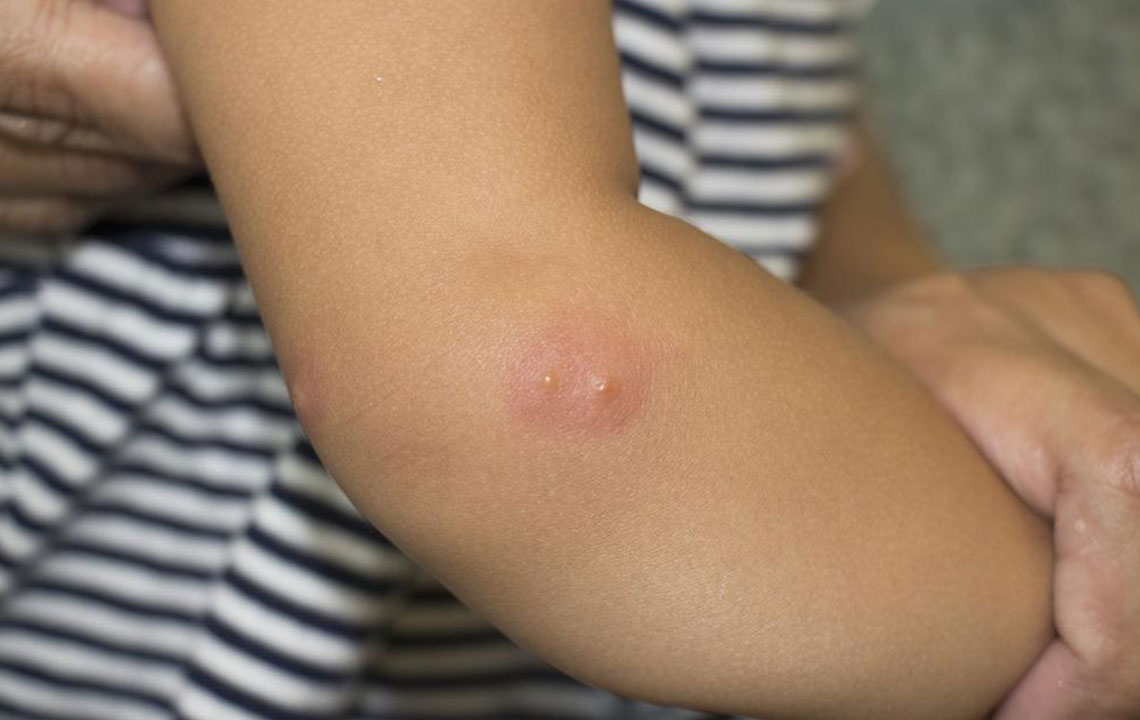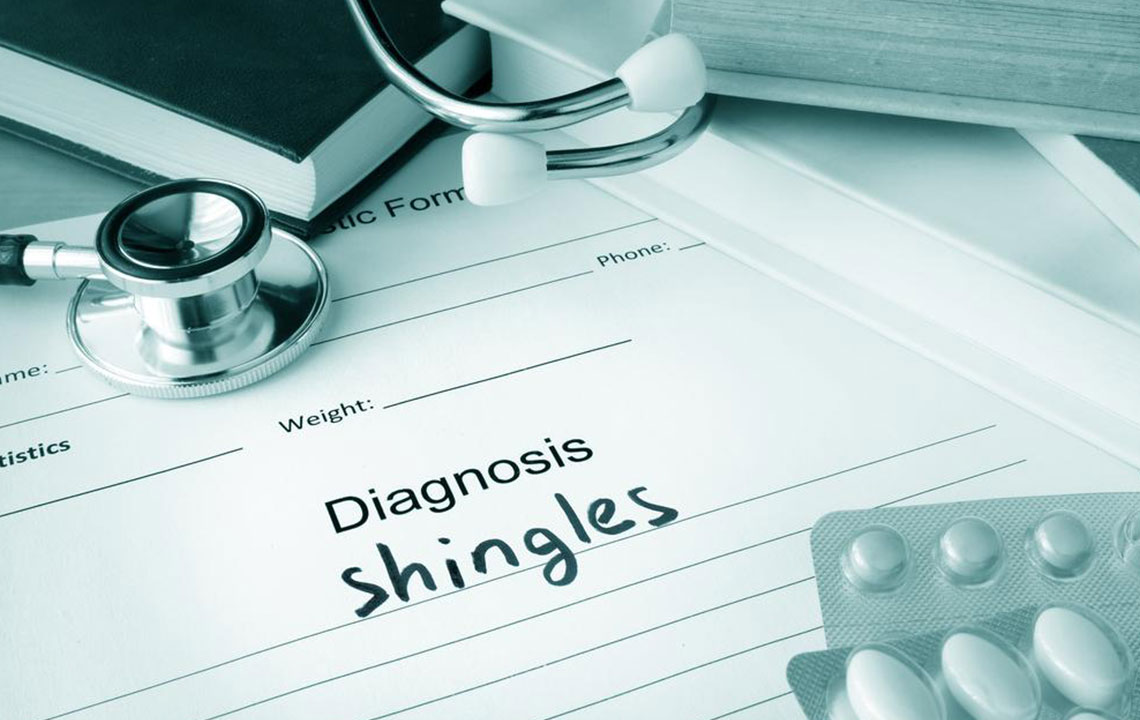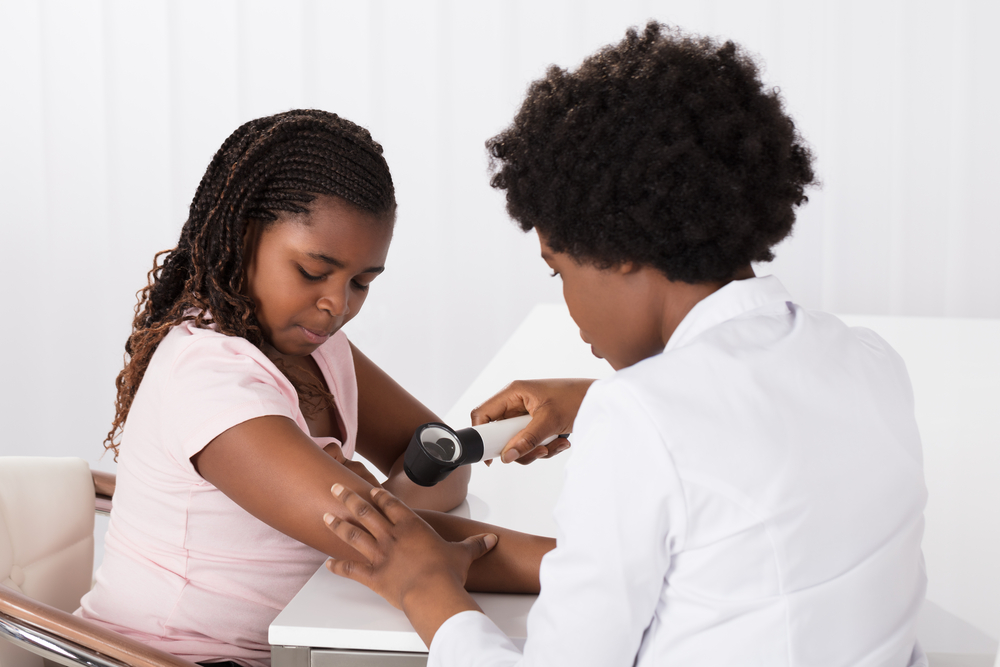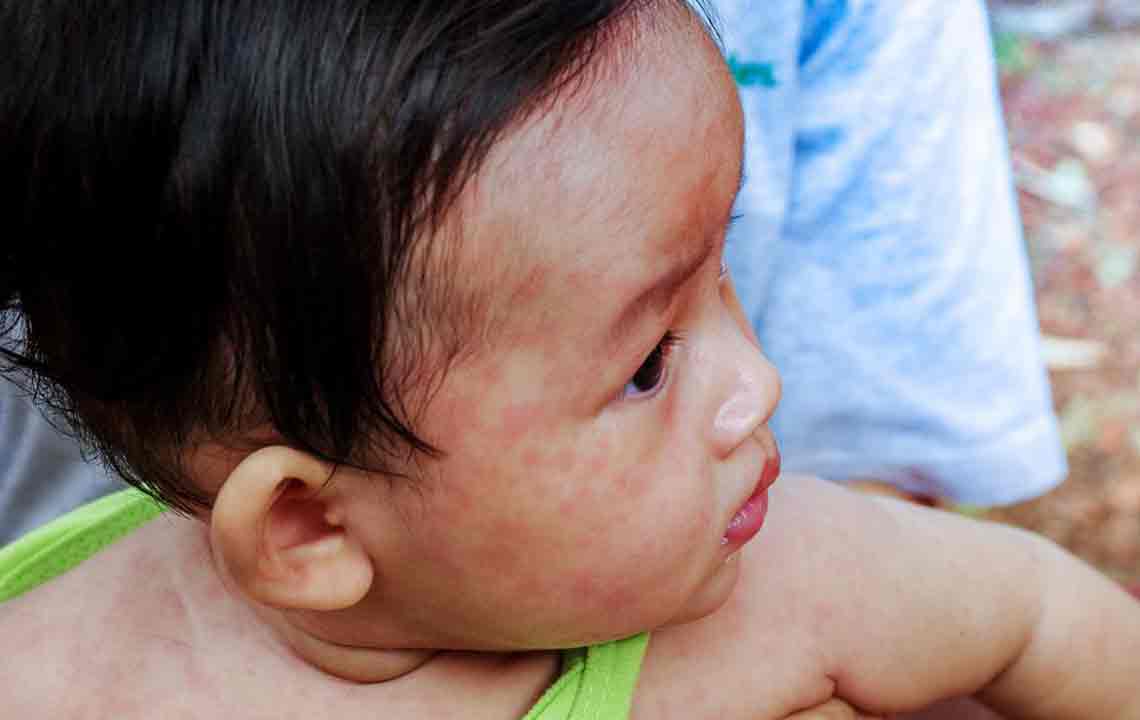Comprehensive Guide to Managing Shingles Discomfort and Recovery Strategies
This comprehensive guide delves into effective strategies for managing shingles discomfort, recognizing symptoms early, and exploring treatment options. It emphasizes the importance of prompt medical intervention, pain management, and preventive measures like vaccination. Learn about symptoms, potential complications like postherpetic neuralgia, and tips for supporting recovery. Suitable for older adults and those with weakened immune systems, this article offers detailed insights to help you navigate shingles management effectively and reduce long-term discomfort.

Comprehensive Guide to Managing Shingles Discomfort and Recovery Strategies
Shingles, medically known as herpes zoster, is a painful skin condition caused by the reactivation of the varicella-zoster virus—the same virus responsible for chickenpox. This condition manifests as a distinctive painful rash that often appears in a band or stripe along one side of the body or face. Recognizing the early symptoms and understanding various treatment approaches are crucial for effective management and to minimize long-term complications.
Shingles occurs when the dormant chickenpox virus, which remains inactive in nerve tissues following initial infection, becomes reactivated. This reactivation typically happens in older adults or individuals with weakened immune systems. Factors such as age, stress, certain medications, or physical injury can contribute to the activation process. While shingles mainly affects older populations, it can also occur unexpectedly in younger adults with compromised immunity, making awareness essential for all age groups.
While some medications may temporarily provoke the virus's activation, it’s important to understand that once activated, shingles does not revert to chickenpox. It’s a different clinical manifestation; however, the virus cannot cause chickenpox again. Individuals with weakened immune systems, the elderly, and those under significant stress are more susceptible to developing shingles outbreaks. The reactivation process is often linked to immunity dips, illnesses, or physical stressors. Although most cases resolve with appropriate treatment, shingles can recur in some individuals, emphasizing the importance of ongoing management and preventative measures.
Shingles is not transmissible through casual contact, but the virus can be spread through direct contact with the blisters of an active rash. This means that people who haven’t had chickenpox or the chickenpox vaccine are at risk of developing chickenpox if exposed to the virus during a shingles outbreak. Still, once the blisters crust over, the risk of transmission diminishes significantly.
Preventative measures such as vaccination can greatly reduce the likelihood of developing shingles. Several vaccines, like the shingles vaccine, are recommended for adults over 50, helping to lower the risk, speed up rash healing, and decrease the chances of developing postherpetic neuralgia—a painful complication that persists after the rash heals.
Recognizing the Symptoms of Shingles
Early signs of shingles can be subtle and often mimic other common illnesses. Initial symptoms frequently include mild headache, sensitivity to light, fatigue, or mild flu-like symptoms without a fever. These are often overlooked or attributed to other minor ailments. As the condition progresses, nerve pain, tingling, or itching is common and typically occurs days before the rash appears.
Once the rash develops, it appears as clusters of red spots that quickly turn into blisters filled with clear fluid. These blisters usually form a band or stripe, often limited to one side of the body or face, depending on nerve involvement. Over time, the blisters crust over and heal, which can take days to weeks. Sometimes, the skin may scar, especially if infected or scratched excessively.
Notable symptoms include dizziness, weakness, fever, or chills, particularly if the infection is severe. One particularly urgent sign is the involvement around the eyes, which can threaten vision and requires immediate medical attention. Prompt diagnosis and treatment can prevent complications and reduce the severity of symptoms.
Seeking Medical Help Promptly
If you notice any signs of shingles, especially early warning symptoms or rash development, consulting a healthcare professional immediately is vital. Early intervention with antiviral medications, ideally within 72 hours of rash onset, can significantly diminish pain, shorten rash duration, and prevent complications such as postherpetic neuralgia.
Physicians may prescribe antiviral drugs like acyclovir, valacyclovir, or famciclovir to manage the outbreak effectively. Pain management is an essential aspect of treatment, involving a combination of over-the-counter and prescribed medications to improve comfort and facilitate healing.
Effective Pain Management and Treatment Options
Managing shingles discomfort involves a multifaceted approach. Antiviral medications are the cornerstone, especially if administered early, as they help limit viral replication and speed up rash resolution. Alongside antivirals, pain relief plays a critical role in enhancing comfort during the active phase of shingles.
Commonly recommended pain management options include:
Antiviral drugs such as acyclovir, valacyclovir, or famciclovir
Over-the-counter pain relievers like acetaminophen or ibuprofen
Pain relievers like opioids in severe cases under strict medical supervision
Antidepressants such as amitriptyline or nortriptyline, which may help with nerve pain
Topical analgesics or numbing creams to reduce localized pain
Home remedies can complement medical treatment by keeping affected skin clean, staying well-hydrated, and following an anti-inflammatory diet rich in fruits, vegetables, and omega-3 fatty acids to support immune health.
Persistence of pain after rash healing can often indicate postherpetic neuralgia, a chronic complication where nerve pain continues long after the skin has healed. This condition affects a significant number of shingles patients and requires specialized treatment.
Treatment for postherpetic neuralgia may include:
Additional antiviral drugs
Anticonvulsants like gabapentin or pregabalin
Pregnancy or opioid-based painkillers in severe cases
Topical agents, including lidocaine patches or capsaicin cream
Supportive medications like corticosteroids, only under medical supervision
Severe or persistent cases demand medical supervision to prevent complications. Always consult healthcare providers prior to starting any medication or new treatment regimen. With proper management, most individuals see significant relief, but vigilance remains key to managing the condition effectively.





